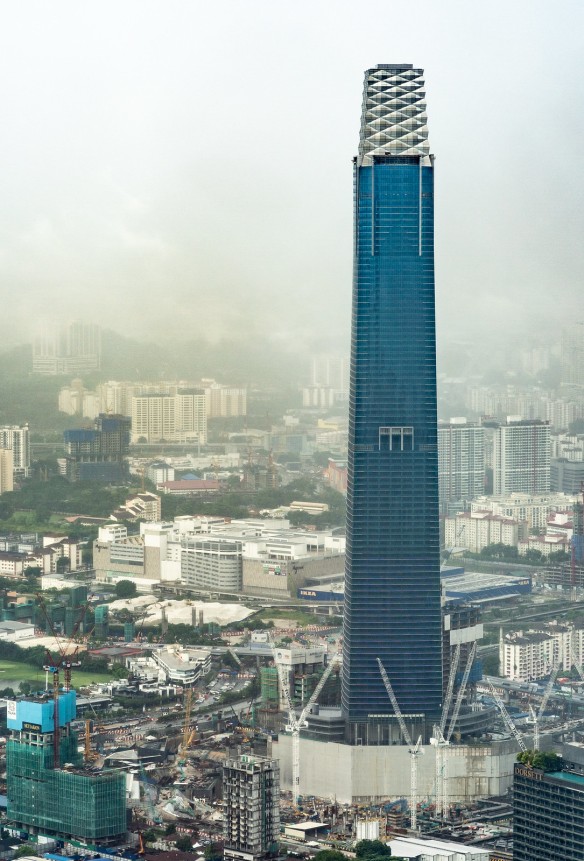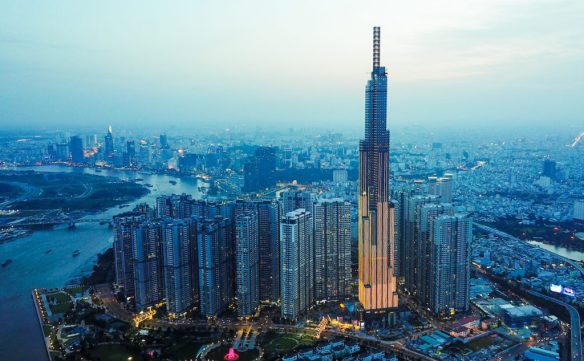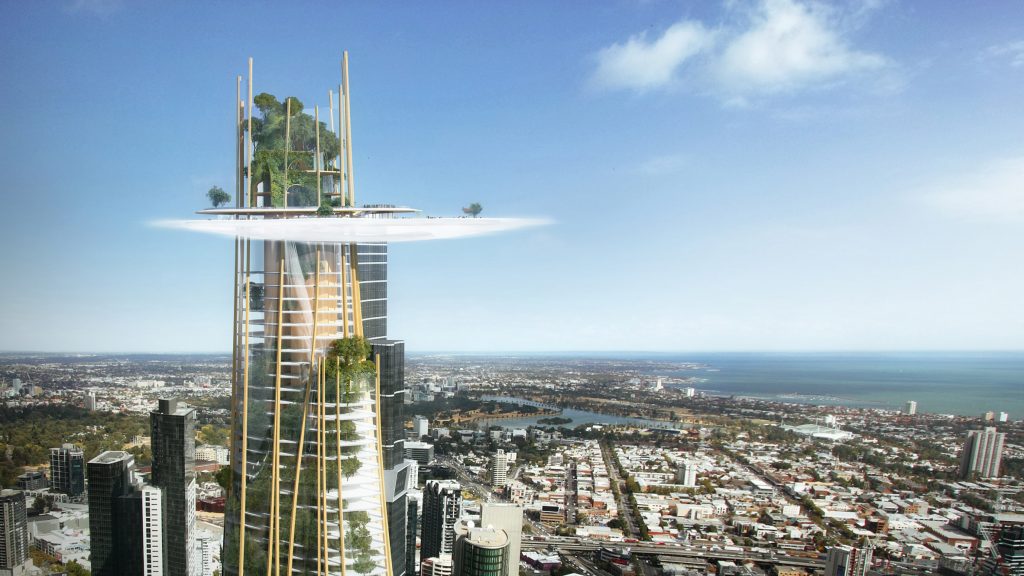Merdeka 118 Tower is at last officially inaugurated on last Wednesday, 10th January 2024. With a staggering architectural height of 678.9 metres, the 118-storey megatall skyscraper in Kuala Lumpur is the second tallest building / man-made structure in the world, only behind the 828 metres tall Burj Khalifa in Dubai. It is the tallest building in Malaysia, having surpassed both the Exchange 106 Tower (453.6 metres tall) and the iconic Petronas Twin Towers (451.9 metres tall).

Designed by an Australian architectural firm, Fender Katsalidis, the tower features multi-faceted diamond-shaped facade that symbolises the multi-racial society of Malaysia. Its form was inspired by the outstretched hand gesture made by Malaysia’s first Prime Minister (Tunku Abdul Rahman) in 1957, when he declared the nation’s independence in the adjacent Stadium Merdeka, which is part of the redeveloping Merdeka 118 precinct.
Groundbreaking took place in July 2014 and the tower topped out on November 2021 with the completion of its 160m tall spire. The tower reached completion in November 2023 and is officially inaugurated by Yang Di-Pertuan Agong (King of Malaysia) on last Wednesday in a ceremony that saw spectacular light and laser show from the tower. It took 10 long years to turn it from drawing board to reality.
I recalled that I do post periodic updates on the progress of the tower while it was under construction several years back in my blog here too. I do constantly follow up with any updates of this tower as I am a fan of skyscrapers. It is finally reaching a historic milestone this week with its official opening. By the way, the Park Hyatt Hotel that occupies the upper part of the tower will only be opened on third quarter of 2024 and the observation deck will only be opened on fourth quarter of 2024.
Still have to wait for a while to personally go up to its observation deck (tallest in South East Asia) and enjoy the city skyline view of Kuala Lumpur from high up there. The views must be insane. By the way, do you know that the tower is actually located right across from my former secondary school; Methodist Boys Secondary School Kuala Lumpur. When I was studying there, it was just a dump site and then barricaded for a few years with no activity or whatsoever. And now, it is the site of one of the world’s tallest structures. What a transformation!












































































